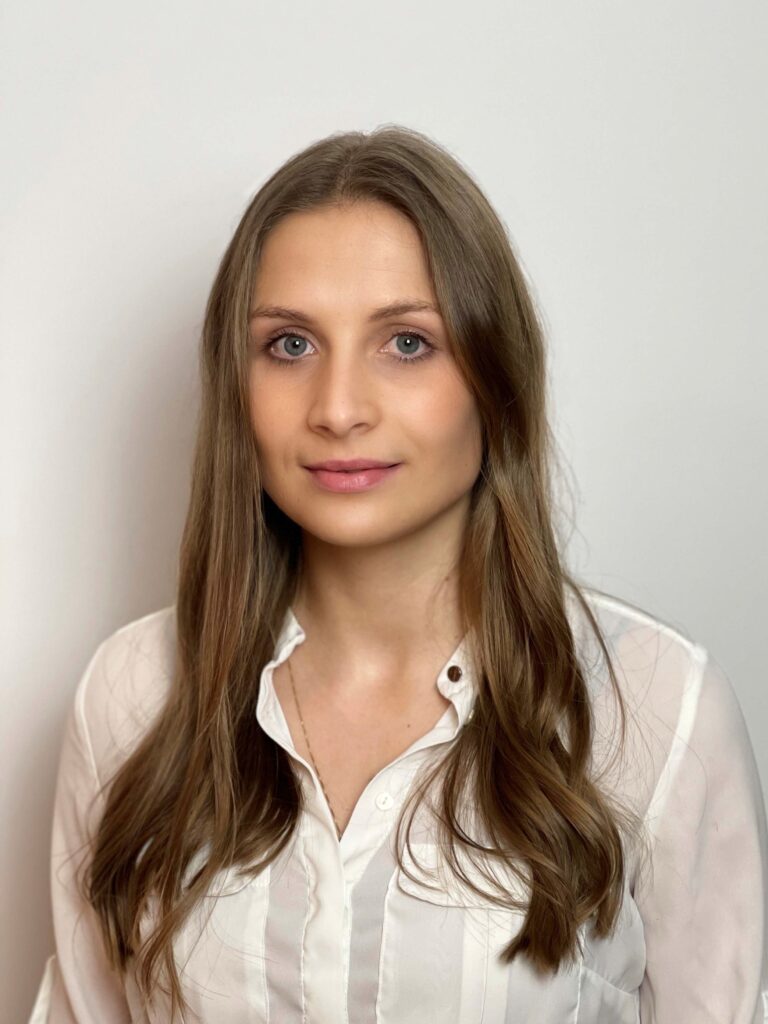SOPHIA SYLVESTER

Sophia Sylvester is currently pursuing her PhD with the Trondheim Sleep and Chronobiology Research Group (SACR) at NTNU’s Department of Mental Health. Her academic background combines psychology and neuroscience with artificial intelligence. Her current research primarily revolves around the application of (explainable) artificial intelligence in healthcare, with an emphasis on mental health disorders. As a member of the AI-MENT project, she develops models for sleep/wake prediction and automatic recognition of human behavioral patterns, in particular the early prediction of aggressive behavior in psychiatric patients from radar data. To this end, she employs different machine and deep learning techniques, among them supervised classification, anomaly detection, and self-supervised learning.
